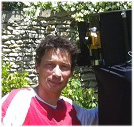
Many instruments can be used to image planets. This week I’m portraying observer Yann Le Gall, who is making splendid images with large dobsonian on an equatorial platform !

Many instruments can be used to image planets. This week I’m portraying observer Yann Le Gall, who is making splendid images with large dobsonian on an equatorial platform !

After the first part where we learned how to get started with WinJupos’ephemeris, here is the second part where we’re going to learn how to set the graphic simulation, which is one the best tools!
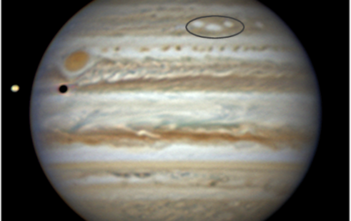
Since a few weeks, a curious pattern of white spots is evolving in the southern hemisphere of Jupiter, with a clear look-alike of the Mickey’s head. I have been able to image it last 22nd January; what is it exactly?
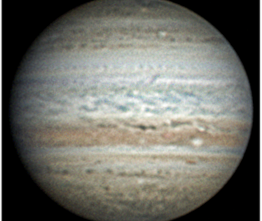
After reviewing why it is better to use a true green filter for planetary imaging, I’m now talking about the use of luminances realized with mono-band filters, in particular with red or infrared images. If you appreciate this kind of processing this is fine, but just keep in mind that…

WinJupos is well known for its functionalities about image processing. But its offers as well a performing module of ephemeris. Here is how to get started
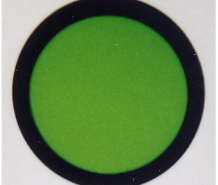
Among the different techniques of imaging that we saw over the years, there was the use of a “synthetic” green image. Here is why it is less interesting than a true green image. This technique is quite outdated now and has never been really widely used, but this is a…

Planetary astronomy is not only a science or imaging techniques. This is people as well! Starting a new kind of articles on the blog, I’m interviewing Manos Kardasis, from Greece…
By subscribing to my newsletter I will offer you a free e-book: Get successful planetary images. Get successful planetary images is a condensated, organized ressource to take a right way to learn planetary imaging, in my personal approach. It containes more than 20 pages and 10 logical steps, with full clickable links…
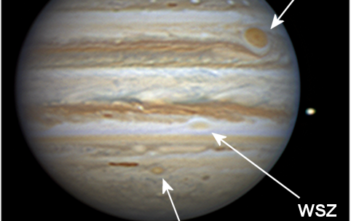
A second good night on Jupiter on December 7th, 2013, allowed me to image an old jovian feature that is deeply changing… it looks to be joining the club of the Red spots on Jupiter!
There is one situation favorable to good seeing that I did not talked about in my article Five good conditions for astronomical seeing, because its is rarer and more difficult to identify, the “barometric marsh”. That was the condition for me during the night from 3 to 4 December 2013,…